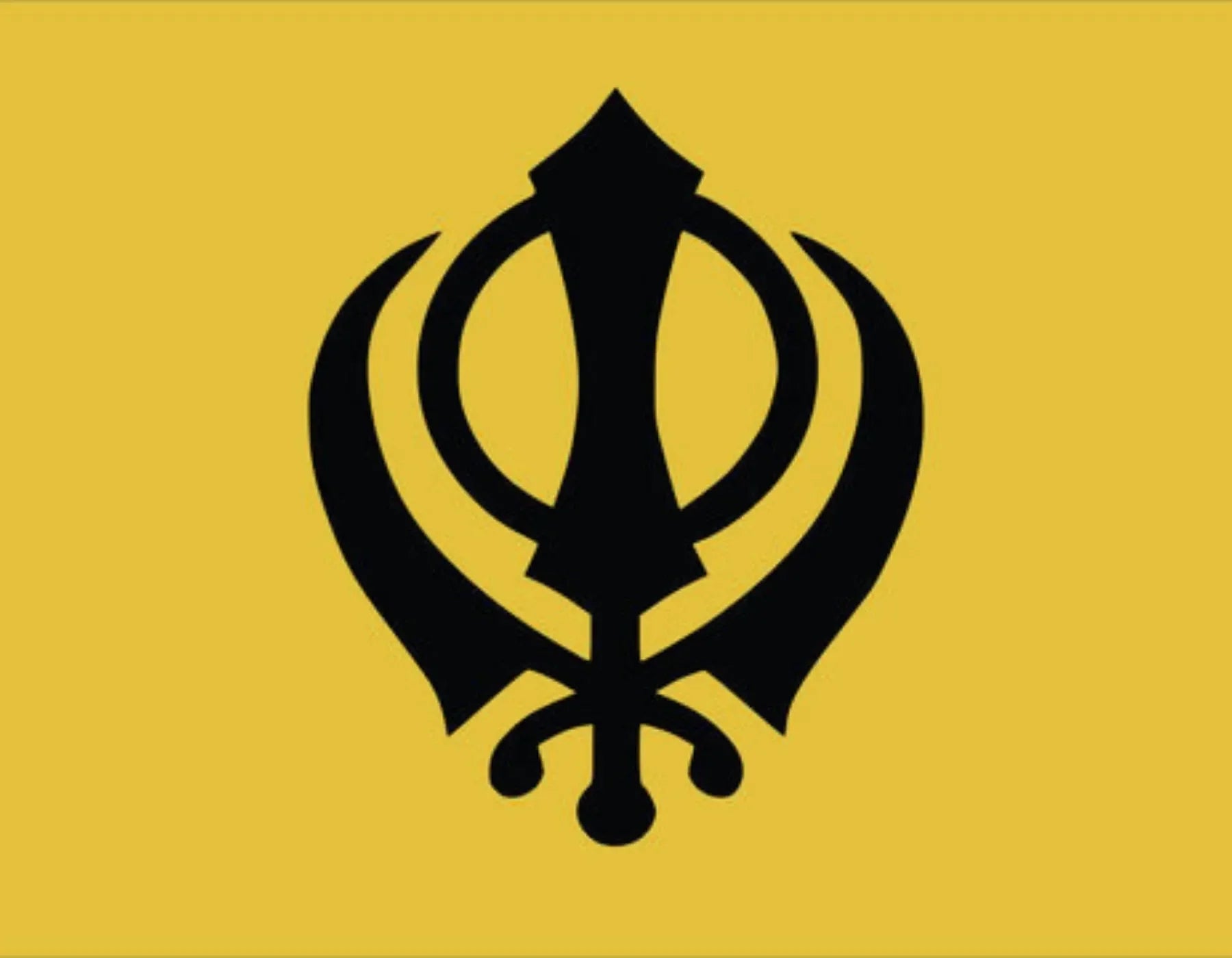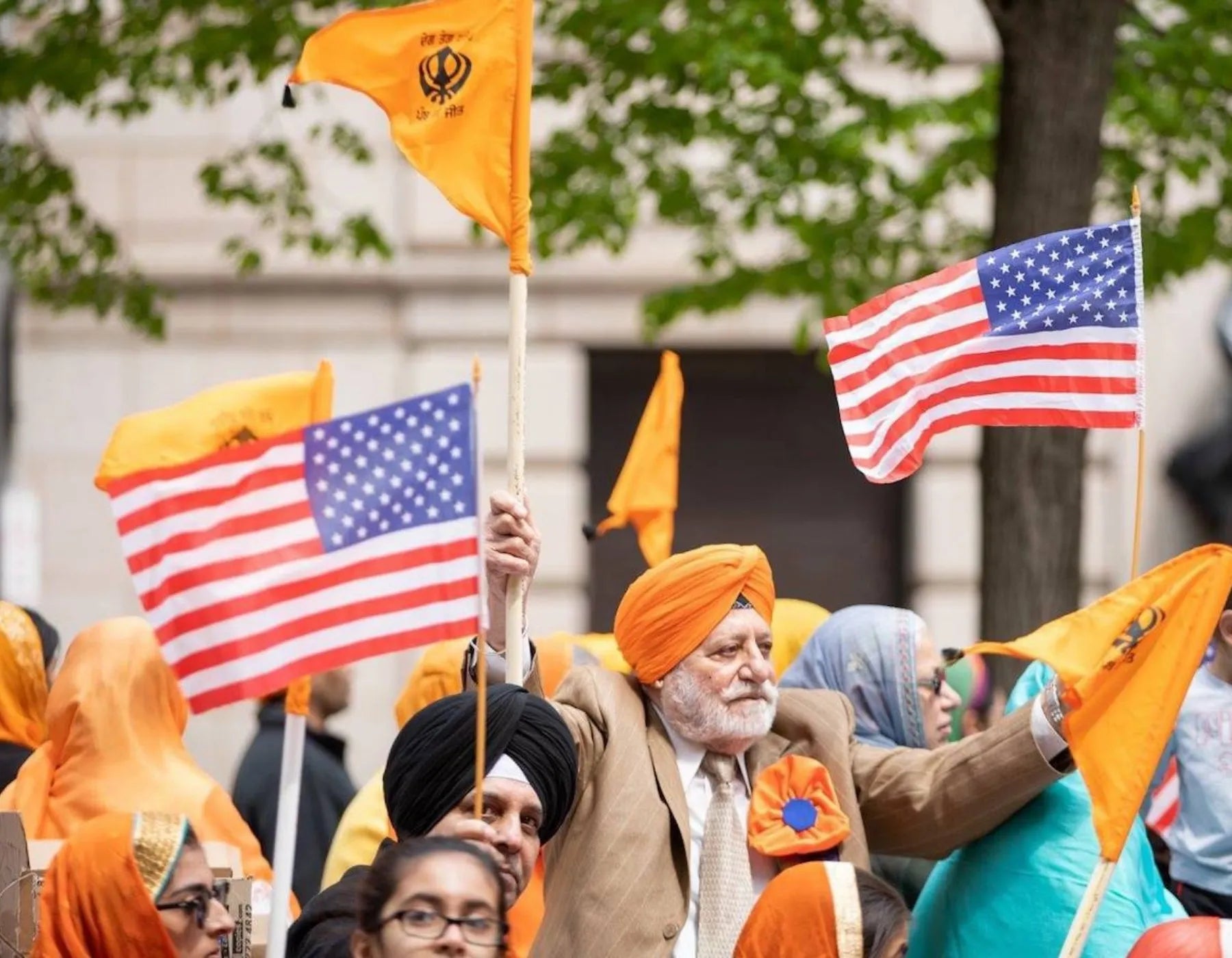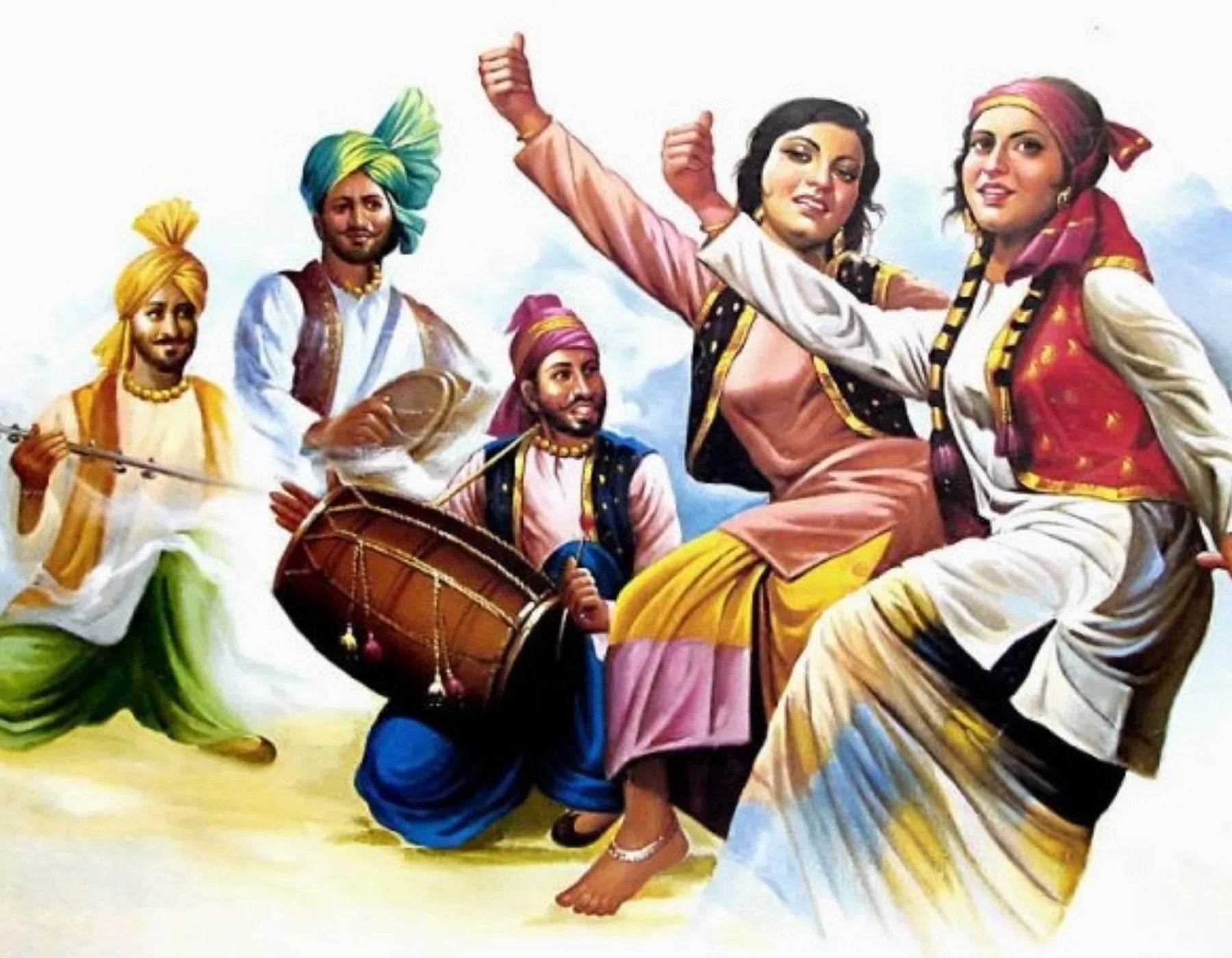
The Deep History Behind the Khanda and Its Meaning Today
The Khanda is far more than a mere emblem of Sikhism—it is a potent symbol of spiritual unity, valor, divine justice, and resilience that has evolved through centuries of struggle, devotion, and transformation. In this article, we delve into the rich historical origins, layered symbolism, and modern relevance of the Khanda, illustrating why it remains a powerful icon of Sikh identity around the world.
Origins of the Khanda: Forged in Faith and Resistance
The Khanda derives its name from the double-edged sword at the center of the emblem. This sword, also called the Khanda, represents divine knowledge that cuts through falsehood and duality. Its early roots can be traced to ancient Indian warfare and spiritual symbolism, particularly among Rajput warriors and Hindu traditions, where swords were revered as sacred.
However, it was during the formation of the Khalsa in 1699 by Guru Gobind Singh Ji, the tenth Sikh Guru, that the Khanda took on its current spiritual and martial form. In a pivotal moment, Guru Gobind Singh used a Khanda to stir sweetened water (Amrit), which initiated the first members of the Khalsa, the divine brotherhood of saint-soldiers. From this event, the Khanda became inseparable from Sikh identity, encapsulating the fusion of spiritual devotion and military readiness.

Anatomy of the Khanda: Understanding Its Sacred Structure
The Khanda emblem is made up of four key components, each carrying deep symbolic meaning:
1. The Central Khanda (Double-Edged Sword)
At the heart lies the Khanda, the double-edged sword pointing upwards. This blade is symbolic of:
-
Divine truth and justice
-
The power to destroy evil
-
The duality of life and death
Its double edges represent both spiritual and temporal authority—a foundational concept in Sikh philosophy known as Miri-Piri, where the spiritual (Piri) and political (Miri) must coexist harmoniously.
2. The Chakkar (Circular Disc)
Encircling the central sword is the Chakkar, a circular weapon used by Sikh warriors. The Chakkar symbolizes:
-
The eternal nature of God—without beginning or end
-
Unity and oneness of humanity
-
Boundless justice and infinite strength
It reflects the universal inclusivity of Sikhism, which embraces all of humanity without discrimination.
3 & 4. The Two Kirpans (Curved Swords)
Flanking the Chakkar are two Kirpans, curved swords representing Miri and Piri explicitly. They are angled outward, embodying the readiness to protect the faith, defend justice, and serve humanity.
Together, these elements form a balanced symbol—fusing divine knowledge, spiritual eternity, and worldly responsibility.
Khanda Through the Ages: From Battlefields to Banners
Historically, the Khanda was not just symbolic—it was functional. Sikh warriors carried actual Khandas into battle, and the emblem became a military standard during the times of the Misls and the Sikh Empire under Maharaja Ranjit Singh. It was proudly flown on flags, embossed on coins, and carved into architecture.
As colonial pressures mounted in the 19th century, the Khanda transformed into a symbol of resistance, identity, and community pride. During the Ghadar Movement and other freedom struggles, Sikhs used the Khanda as an emblem of political assertion and spiritual resolve.
Spiritual Meaning of the Khanda in Sikhism Today
Today, the Khanda remains a deeply sacred image for Sikhs around the world. It is not merely a logo or a relic of the past but an active spiritual reminder. Its modern interpretations continue to reflect its core values:
-
Justice and righteousness
-
Equality of all peoples
-
Devotion to one God
-
Sacrifice for truth and humanity
The Khanda is commonly worn as a pendant, displayed in homes, painted on Gurdwaras, and seen on Sikh flags (Nishan Sahib). Its presence is a constant call to live the virtues of Sikhism, not just in belief, but in action.
The Khanda in Modern Sikh Identity and Global Culture
With the Sikh diaspora expanding across the globe, the Khanda has evolved into a global symbol of resilience, faith, and unity. Young Sikhs proudly wear Khanda tattoos, incorporate it into artwork and music, and use it as a visual assertion of cultural pride in places where Sikhs are minorities.
Moreover, in the digital age, the Khanda has become a social media icon—used in profile pictures, protests, and awareness campaigns. From #FarmersProtest banners to human rights movements, the Khanda remains a powerful image of Sikh solidarity and activism.
Even non-Sikhs recognize its form, and it is often taught in interfaith educational spaces as a representation of justice-oriented spirituality.
Misinterpretations and Cultural Appropriation
As with many sacred symbols, the Khanda is occasionally misused. It has appeared in commercial merchandise, fashion, and even video games, often stripped of its profound religious meaning. Sikh communities continue to educate the public about the importance of using the Khanda respectfully, highlighting the need for cultural sensitivity and religious reverence.
Khanda and the Future: A Living Symbol of Balance and Strength
As Sikhism continues to grow and adapt in the 21st century, the Khanda remains timeless. Its structure—anchored in duality, divinity, and discipline—offers a guiding light in times of uncertainty. For future generations, the Khanda will continue to serve as a symbol of spiritual identity, social justice, and cultural heritage.
It is not just a historical artifact but a living beacon of Sikh values—reminding each follower of the eternal call to live fearlessly, justly, and humbly.


